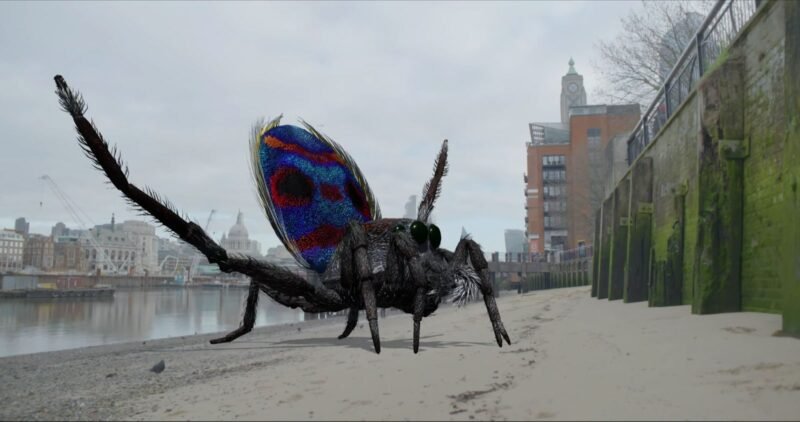Swing In The City
Swing sets have been a popular playground activity for children for ages. When growing up, opportunities to enjoy this simple pleasure in public spaces are fewer. I am still refraining myself from using swings in parks because our serious societies and over-complicated urban environments do not expect me as an adult to use them. Anyway, since safety is so important, swing seats available in public spaces are now over-engineered to fit children only. Lately, I’ve been searching for interesting projects that explore the impact and the power of this simple playset in urban spaces.
 Swing & Be Free. Bruno Taylor, completing his Masters in Industrial Design at the University of the Arts in London, writes: “71% of adults used to play on the streets when they were young. 21% of children do so now. Are we designing children and play out of the public realm?” From this statement, he decided to install swings bus stops in London.
Swing & Be Free. Bruno Taylor, completing his Masters in Industrial Design at the University of the Arts in London, writes: “71% of adults used to play on the streets when they were young. 21% of children do so now. Are we designing children and play out of the public realm?” From this statement, he decided to install swings bus stops in London.
“This project is a study into different ways of bringing play back into public space. It focuses on ways of incorporating incidental play in the public realm by not so much as having separate play equipment that dictates the users but by using existing furniture and architectural elements that indicate playful behaviour for all.”
Swing & Be Happy. In San Francisco, do-gooders hang swings to spread joy in the Bay Area Rapid Train and unexpected outdoor locations. Jeffrey Waldman believes in this pure sense of joy so much that he raised funds to bring swings to Bolivia. Bolivia has the second highest poverty level in South America. One in four Bolivians are between the ages of 10 and 19 and out of every 1,000 teenage girls, 88 are pregnant. Waldman hopes the swings will bring a little bit of childhood back to Bolivia’s urban areas and “not just spread joy, but spread the desire to create it.”
Swing & Let Go. The Red Swing project has used this basic playset to transform under-utilized public spaces into amusement areas for children, adults, poor, rich people… What has started as a University Architecture assignment in 2007, in Austin, Texas, has grown internationally. All around the world, more than 100 red swings are hung in public spaces and just wait for anyone to sit and to create a personal moment. While the project was expanding, the Red Swing project started to wonder about the differences of public reaction from place to place. I did not manage to get access to their official website or find the results of their analysis, but if you found anything, please leave us a comment! A documentary about the Red Swings Project is available here.

Swing & Create. Melissa Mongiat and Mouna Andraos designed the awesome ’21 balançoires’ for the quartiers des spectacles in Montreal.
“A giant collective instrument made of 21 musical swings; each swing in motion triggers different notes, all the swings together compose a piece, but some sounds only emerge from cooperation. The project stimulates ownership of the new space, bringing together people of all ages and backgrounds, and creating a place for playing and hanging out in the middle of the city centre.”
Another participatory work of art is the swing pavilion conceived by the Dutch Studio Elmo Vermijs. It consists of 50 swings with different heights inviting adults and children to enjoy this joyful moment together. “A composition of moving people might arise.” Revigorating, isn’t it? Next related post might dig this trend around giant playground devices.



